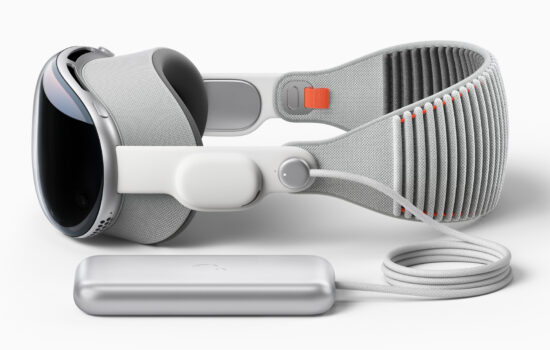These days, an iPhone is more than a gadget. For many of us, it’s the key that unlocks our digital lives. We trust our phones implicitly and use them to store personal information, financial data, meaningful photos, conversations, and other sensitive files. However, a hack on our iPhones could exploit all this data, resulting in identity theft, financial loss, and compromised privacy.
Here are a few straightforward steps you can take right now to keep this from happening.
Fortify Your Lock Screen
An unlocked iPhone is an open invitation for thieves and snoops to check what you’re doing on it. Make it impossible for them to get any use out of it by having a robust locking-down system on your lock screen.
Start by locking your phone by default and replacing the regular passcode with a longer alphanumeric password that’s much tougher to crack. Then, enable either Touch ID or Face ID to easily unlock the screen with your unique biometrics.
You’ll also want to turn off lock screen notifications. This will make it impossible for anyone but you to see the potentially sensitive information in the emails and messages you receive.
If your iPhone gets stolen or you lose it, use the Find My iPhone feature. It tracks and remotely locks your phone so no one can use it while you search for it. If the worst-case scenario occurs and you can’t find your phone, it’s best to use this feature to erase all data on your phone. Only then can you fully protect your privacy.
Keep iOS and Apps Updated
While more resistant to viruses and other cyber threats than its competitors, iOS is still intricate software with its own potential exploits. With every new iOS update, you’ll notice that security patches and bug fixes are regularly applied. Whenever these updates become public, cybercriminals try to exploit any vulnerabilities and attack phones that haven’t updated their iOS. Essentially, the longer you run an older iOS version on your iPhone, the greater the chances that attackers will find ways to exploit it.
Apple continuously updates iOS with security fixes and new features. The same goes for most app developers in general. Make sure automatic updates for iOS and all the apps you frequently use are on. Also, check that apps are receiving regular updates and remove ones that no longer receive support.
Adjust Privacy & Security Settings
The Privacy and Security section in iPhone Settings is invaluable for reducing your digital footprint and keeping others from accessing information about you. For example, you can disable apps from keeping tabs on your location or tracking which sites you visit. You can also disable personalized ads.
Install Cybersecurity Apps
Many sites let you sign in with Apple ID, but you still likely have dozens of accounts that require separate credentials. An iOS password manager will create unique and strong passwords for them all, minimizing the threat of data breaches while also making account logins across devices and secure credential sharing easier.
Periodically scanning your iPhone with a reputable antivirus app could uncover sophisticated threats its built-in defenses missed. An authenticator app will add an extra security layer to your logins by providing an access code only available on your phone.
Consider installing a privacy-focused browser for more secure internet use. Alternatively, enabling an ad blocker on Safari will drastically reduce the number of intrusive ads you’ll encounter and make browsing safer and a lot more enjoyable.
Review App Permissions
Some apps can be intrusive and require permissions they should have no business asking for. It’s best to remove such apps outright, but you can also limit their permissions.
You can set it up so they can access your location data only once or only when you choose to open the app. Additionally, you can review all the apps that request specific permissions inside Privacy and Security and control their access to information through the App Privacy Report.
Avoid Public Wi-Fi
Even a hackproof iPhone can lead to compromised personal and financial information if you carelessly share it via public Wi-Fi. Such networks are easy to exploit or clone, letting cybercrooks track what you do on the internet while connected, including any sensitive information or credentials you type in.
It’s much safer to use mobile data instead. An eSIM service is equally effective if your carrier’s coverage is spotty or you’re traveling abroad and want the best deals on mobile data without the hassle of getting a local physical SIM. And if you want to find a data plan that suits your needs, there are websites dedicated to reviewing the best eSIMs and their offerings in the market, so check those before making any purchase.
Your iPhone is Now More Secure Than Ever
iPhones are very secure on their own, but you can never be sure which link you’ve clicked or whether your account access has been infected with malware or a virus. To ensure you don’t make any careless mistakes, be sure to protect your phone’s lock screen, keep iOS and apps updated, check your privacy settings, regulate app permissions, use additional security tools, and avoid public Wi-Fi.
With all the tips and tricks provided in this article, you’re now equipped to protect both your iPhone and your personal security. Rest assured, you’ve taken all the necessary steps to ensure top-notch iPhone security.








